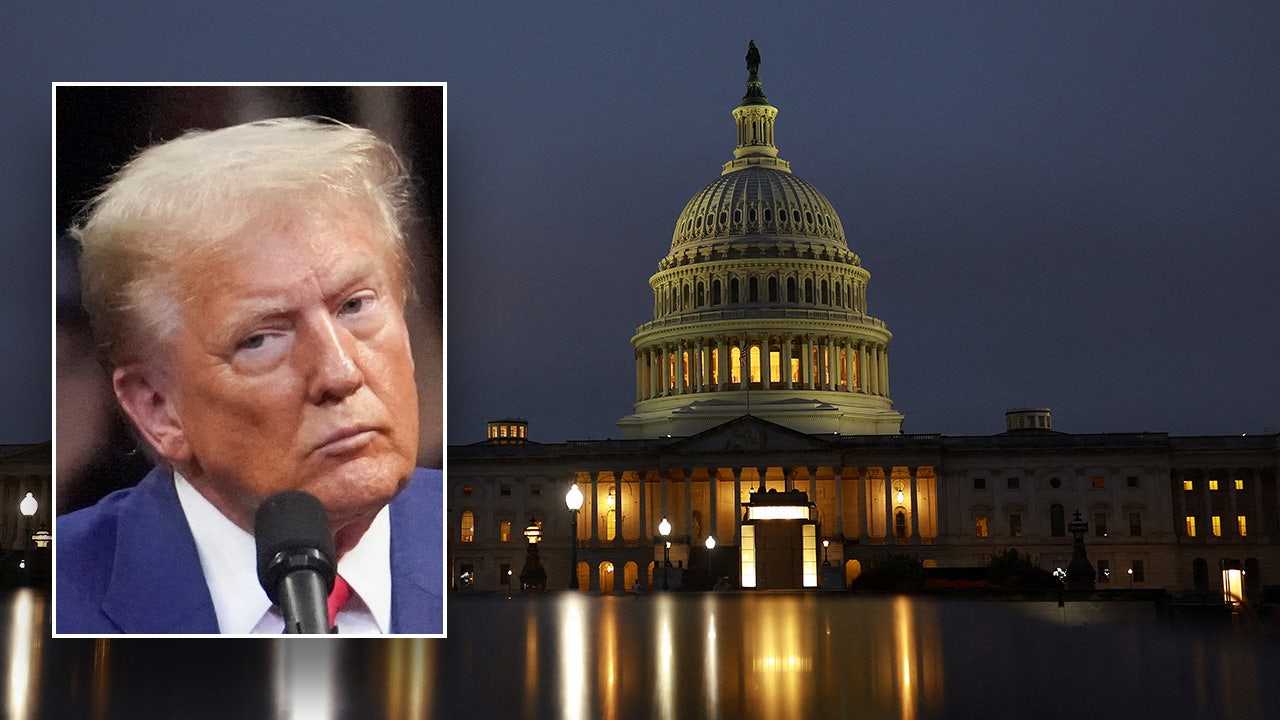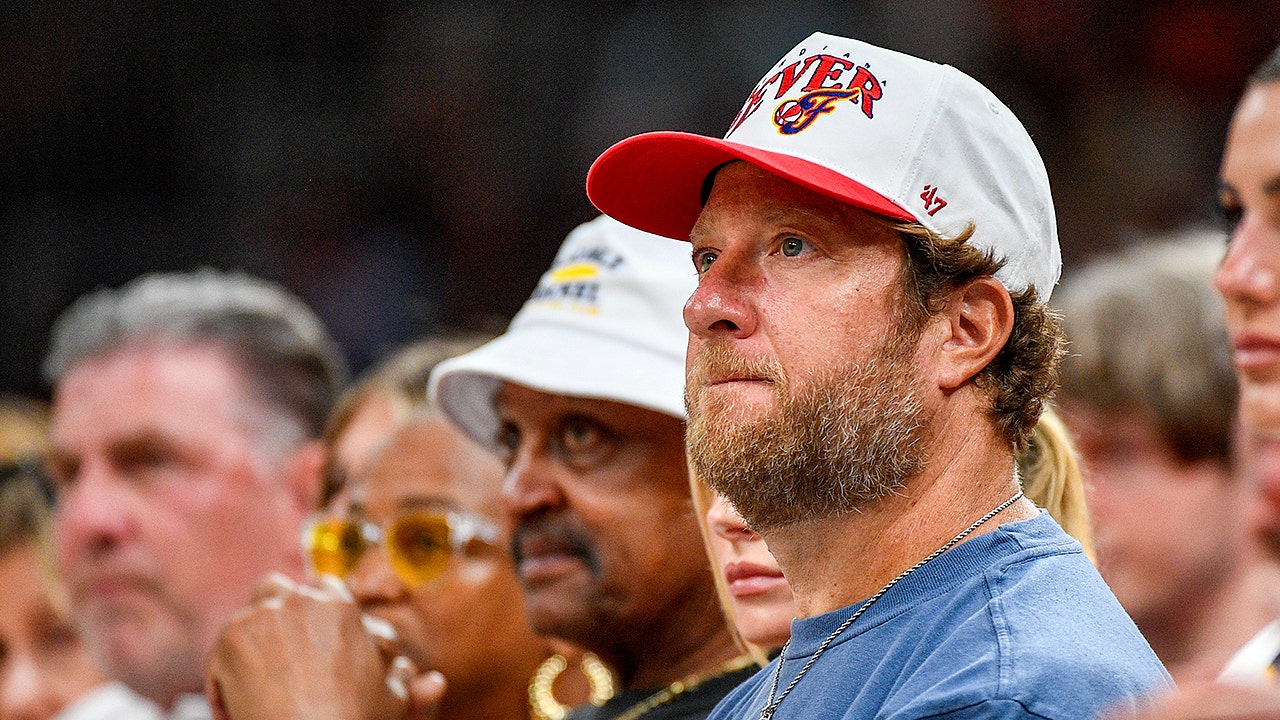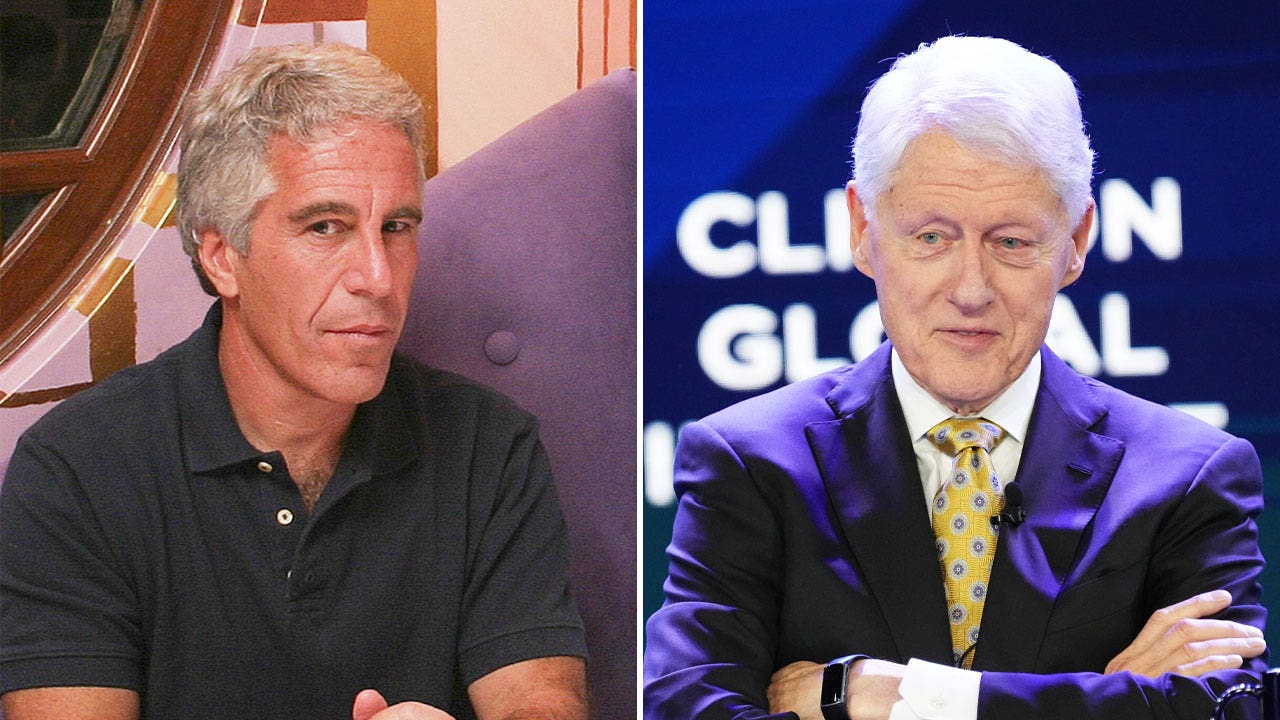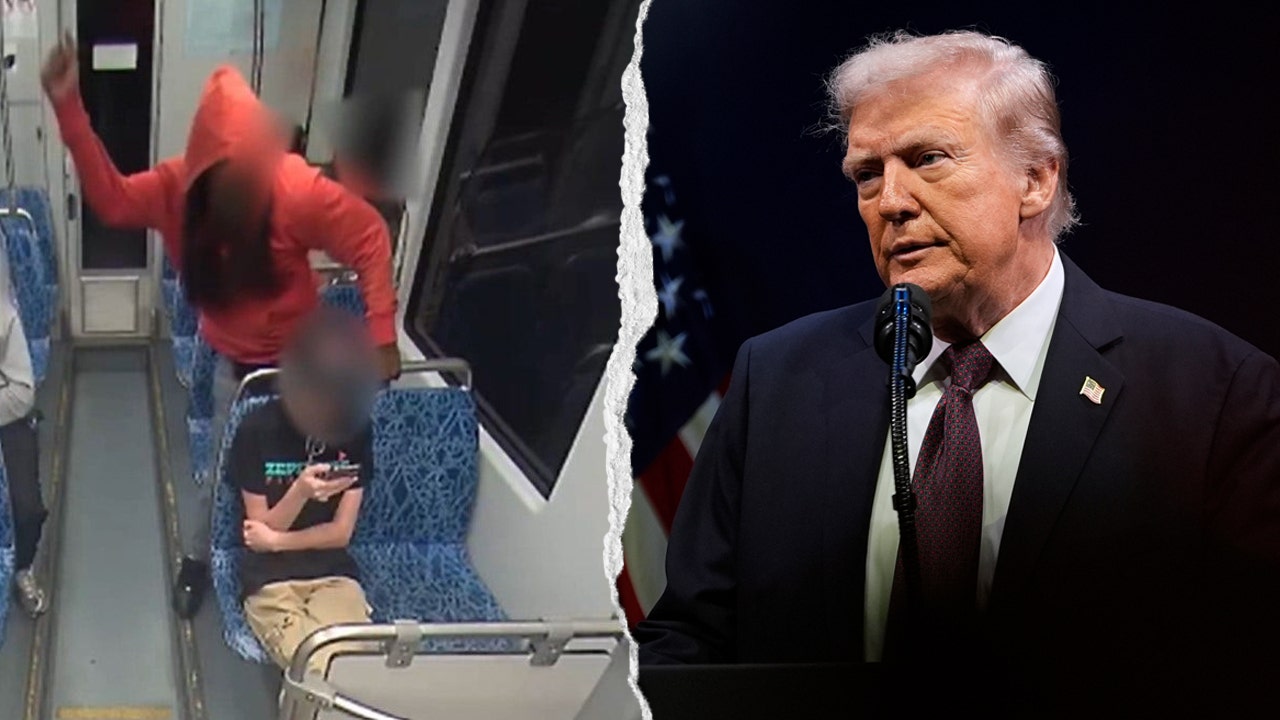Trump’s first 100 days: Executive order blitz exposes GOP gridlock

Tuesday marked President Donald Trump’s first 100 days back in the White House, and it has been a whirlwind of executive orders. With nearly 140 executive orders signed, Trump’s time in office has been defined by his unilateral actions rather than legislation passed by Congress. In fact, only five laws have been passed by Congress and signed by the president, with three of them aimed at repealing Biden administration regulatory policies.
The first bill signed into law by Trump is the Laken Riley Act, which allows ICE to take into custody any illegal immigrant charged with theft or other crimes. This landmark law is the only new policy item on the list of legislation passed in the first 100 days of Trump’s second term.
In comparison, Congress passed 30 bills that were signed into law by Trump in the first 100 days of his first term. The Biden, Obama, and Bush administrations saw 11, 14, and seven laws signed, respectively, during their first 100 days in office.
Two Trump allies in Congress, Reps. Marjorie Taylor Greene and Eric Burlison, expressed frustration at the slow pace of legislative action in Congress. Greene criticized Republicans for not being further along in their plans for a Trump legislative policy overhaul, while Burlison gave Trump high marks and Congress a failing grade.
Democrats have accused congressional Republicans of giving up their power to Trump with his executive actions, while House Speaker Mike Johnson defended Congress’s actions, stating that Trump has not overstepped his bounds.
Despite the focus on executive orders, Johnson emphasized that Congress is working to fulfill more of Trump’s legislative priorities and will be rolling out more legislative vehicles in the coming weeks. The processes for taking action in the executive and legislative branches are vastly different, but Congress is committed to working through its processes to pass legislation that aligns with Trump’s agenda.
Overall, Trump’s first 100 days back in the White House have been marked by a flurry of executive orders, highlighting his willingness to take action unilaterally to advance his policy agenda. Congress, on the other hand, has been slower to pass legislation, but is working to fulfill Trump’s priorities and roll out more legislative vehicles in the coming weeks.




